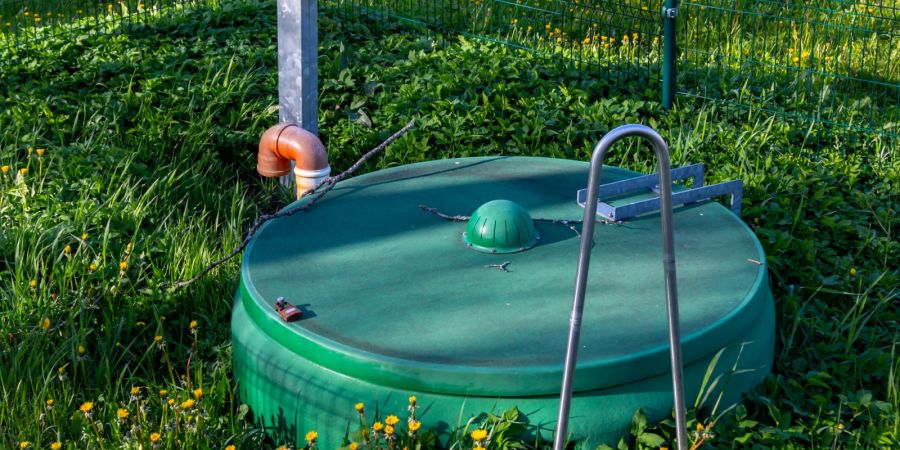Affordable & Dependable Septic Services
Installations | Inspections | Cleaning | Pump Outs
Top-Quality Septic System Services in Metro Atlanta and surrounding areas
Don't leave the care of one of your home's largest investments to just anybody! We are the septic experts you call for top-notch service. Scorpion Septic is a highly reviewed and referred septic company near you. No matter what you need, we are experts at solving all your septic problems on the spot.
We value our customers and pride ourselves on providing the best care possible. Not all septic system companies are created equal. Licensed and Insured, our team is experienced and certified to resolve all large and small septic problems.
Our Services
We have the tools and resources to deliver high-quality work on time and at a reasonable price. We offer:

Installations
Scorpion Septic proudly installs septic systems in the Metro Atlanta Area. Call us and get a FREE quote today!

Pumping
Looking for a reliable and honest septic company to guarantee a stress-free septic tank pumping? Scorpion Septic is trusted by your neighbors. Call us today!

Cleaning
Do you need wastewater treatment system cleaning services? With Scorpion Septic, you can expect to schedule an affordable and reliable septic tank system cleaning.

Inspections
Since your septic tank is hidden underground, it can be easy to overlook a problem that is starting to develop.

Repair & Maintenance
When things go wrong with your septic tank, you wind up with a gross mess that needs fixing ASAP.
Contact Us
Call us today at 678-300-7352 for an inspection, or send us a message.
